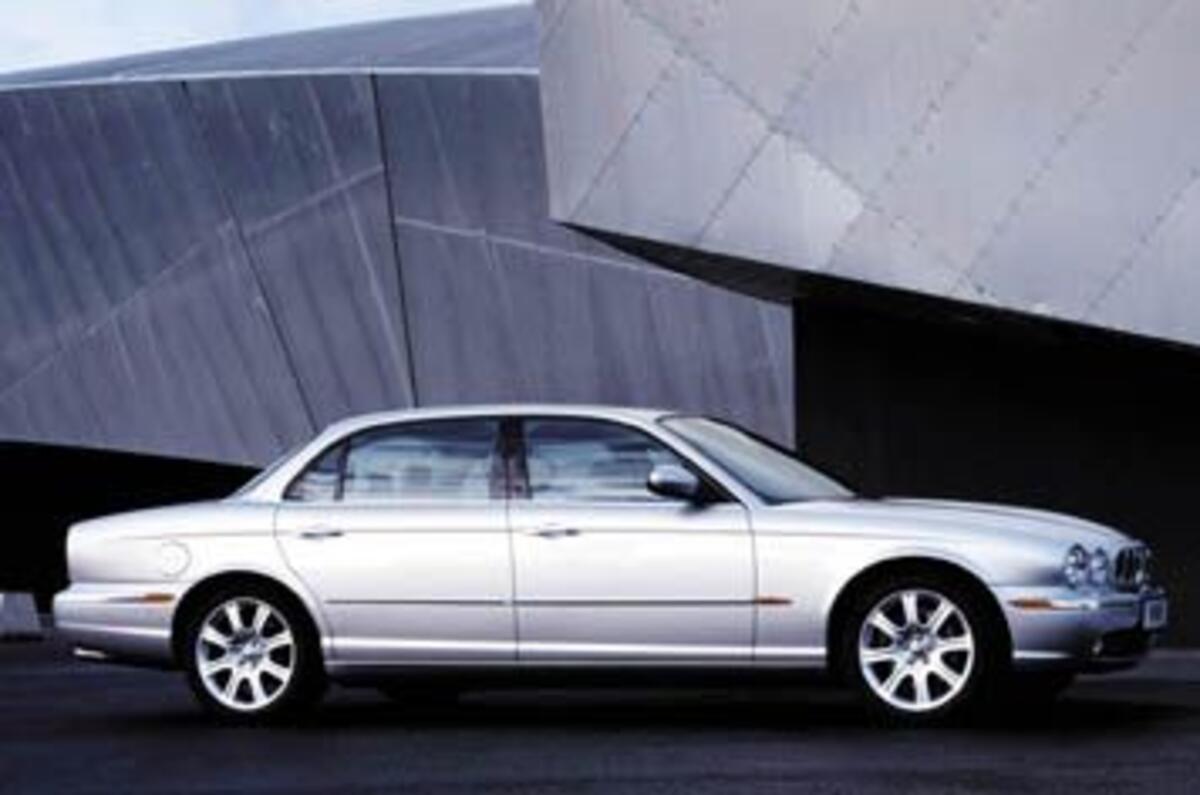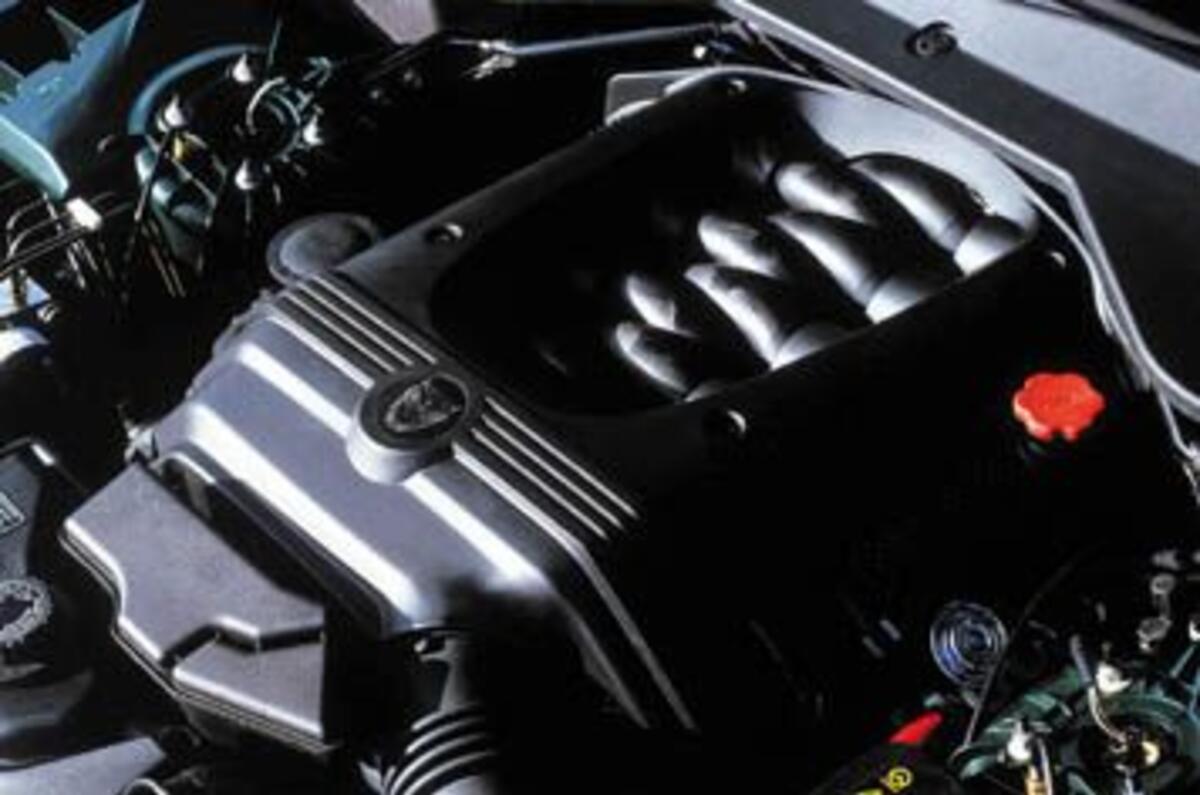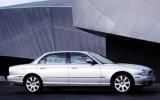Jackie Stewart is talking as he drives: fast, smooth and confident. As the new long-wheelbase Jaguar XJ sweeps up Highway One north of San Francisco, today’s subjects are car development engineers and his current problem.
‘For the first time in 40 years, I might have to buy a car,’ Stewart muses. For the last 25 of these, the only Briton to have won three F1 world championships has travelled almost exclusively in the back.
‘The problem,’ he continues, an evangelical note creeping into his inimitable Scots accent, ‘is that cars are almost entirely developed from the front seat, and the difference in ride and refinement from front to rear can be huge.’
Now, Stewart is one of the most professional people you could ever meet and, for the purposes of this exercise it is Ford, through Jaguar, which is paying his fee for carting us up the California coast.
So it should be no surprise that he continues to extol the virtues of life in the back of the longer XJ over the Audi A8, BMW 7-series and Mercedes S-class, all of which he is intimately acquainted with.
Sitting in the back of the Jag, my feelings are mixed. Certainly the ride is close to sublime – compliant but not soggy – in a way that lets you feel connected to the ground but not subject to its many and various imperfections.
Less good is the seat itself, which seems a little too upright (the Super V8’s is adjustable, however), a touch short in the squab and firm enough to make you feel that you’re sitting on it, rather than collapsing into it. There’s nowhere obvious to put your head for a quick snooze, nor are there any vanity mirrors for last-minute facial fine-tuning outside the opera house.
Two long XJs will come to the UK, a Sovereign (£60,370) and a supercharged Super V8 (£71,970), both offering an extra five inches between the wheels for a modest surcharge of £1750, though the hitherto standard Super V8 is now special-order only.
Aforementioned quibbles aside, the extra length is worth it. The weight penalty is an insignificant 23kg, so performance, economy and emissions are almost unaffected, but the extra space not only adds considerably to rear-seat comfort (there’s now more legroom in the back than the front) it also helps the car’s appearance.
The new XJ is a tall car compared to its svelte predecessor and it’s something Jaguar has gone to some lengths to disguise – hence all those horizontal lines – and elongating the car has significantly improved its proportions. Someone at Jaguar said that, in fact, this car provided the new XJ template and that what we consider to be the standard car is actually a short-wheelbase version. Looking at it, this makes perfect sense.
Jaguar only anticipates 10 per cent of UK sales to be lwb cars, compared with over 60 per cent in the States. There are no official plans to offer the long body with either the 3.0-litre V6 or 3.5-litre V8 engines, but don’t be surprised if at least one of these, almost certainly the 3.0-litre, isn’t already waiting in the wings.
Otherwise, we wait only for a diesel XJ for the range to be complete. Jaguar still maintains that its light aluminium monocoque means that diesel economy and emissions can be achieved with petrol power, but you only need to see how good its 2.7-litre twin-turbo diesel is to know they’re a natural fit. It is just a matter of time before a diesel XJ goes on sale.














Add your comment